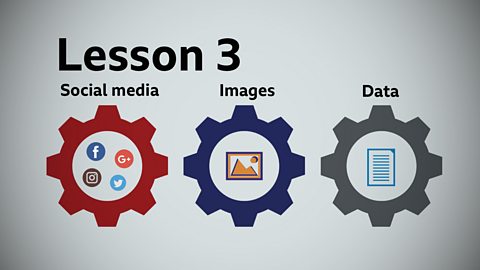TEXT: WE HAVE A FEW QUESTIONS ABOUT TRUST.
Young men and women: How do we know which people and organisations we can trust? And which we can’t?
TEXT: AND WHAT ABOUT
Young men and women: When it comes to news and information what is a trusted source and how do we find one?
Mukul Devichand: Do a bit of searching, put on your detective hat, you know – perform the checks you can perform and have a look at the site or the web address that is sharing this story is it one you recognise, that you’ve seen before that you might trust. Has this person got a track record, have they written things before, do they seem to be legit.
Rachel Schraer: When you’re working out whether a source is trustworthy you should be asking yourself – is this person likely to know the answer to the question? Is this their field of expertise? So you might ask a doctor to diagnose you with an illness but you probably wouldn’t want them to mend your car or recommend you a smart phone.
Amol Rajan: Let me tell you how I decide whether or not I can trust a news source - first of all have they shown a commitment to accuracy over a long period of time? Have they consistently got things right? And the second thing which is related is; do they admit when they get things wrong? You know, if you put your hand up and say sorry I made an error, there are factual mistakes in the piece we published then people like me are much more likely to believe you when you say that you got things right.
Young woman: Isn’t who we trust just a simple case of working out who is right and who is wrong?
Amol Rajan: If only it was that simple. The truth is that we all bring our own prejudices, our own world view our own opinions to bear on the information that’s presented to us. So the question of who you trust is often a question about who you really are. And my recommendation, for what it’s worth, is you try as hard as you can to make your views informed by the facts rather than the other way around.
TEXT: SO REMEMBER, DO YOUR RESEARCH, DO YOU KNOW THE NEWS SOURCE, WHAT IS THEIR TRACK RECORD? AND ASK YOURSELF, ARE YOU SHARING SOMETHING BECAUSE IT’S REALLY TRUE, OR JUST BECAUSE YOU WANT IT TO BE?
There are many different types of sources for information and news such as:
- news broadcasters
- agencies
- search engines
- social media platforms
- governments
- media organisations
- individuals
We are more likely to believe a person or organisation that gets things right and is accurate and factual than those that have been known to make things up or get things wrong in the past. But that’s not all there is to it.
Different sources are good for different information. So who you trust may change depending on what information you're looking for. It may also change because of your:
- own personal beliefs
- opinions
- experience
Here's some key questions you should ask:
- Is your source who they say they are (and not pretending to be someone or something they aren’t)?
- Do they have expertise in relation to this story or this type of information?
- What is their track-record? Are they reliable?
- Do they have an agenda? Or are they trying to be impartial? Why are they telling you this?
For schools wanting more information about trust go to our lesson plan.

Recognising fake news. video
In this video you'll hear from Amol Rajan, the BBC’s media editor, and journalists Natalie Miller, Mukul Devichand and Rachel Schraer from BBC Reality Check.
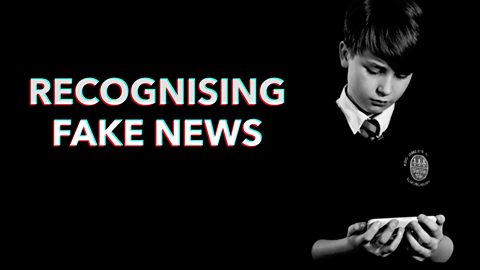
Checking the story. video
In this video you will hear from BBC journalists Natalie Miller, Alex Murray and Rachel Schraer from BBC Reality Check.
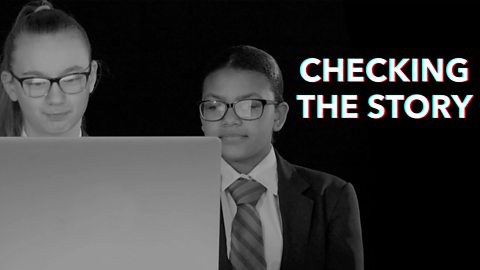
Numbers and the tricks they play. video
When you’re looking at news stories remember that it’s not just the words you need to take notice of but the numbers too.

Lesson 1: Real versus fake news. video
This lesson will give you a broad understanding of the term ‘fake news’ and the skills and techniques to distinguish between what’s false or fake and what’s real.
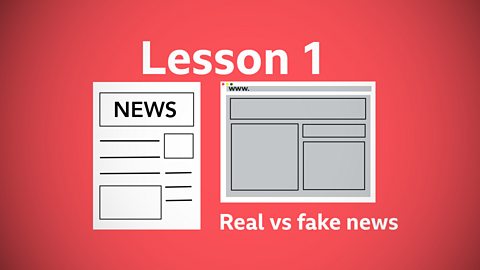
Lesson 2: Sources and who to trust. video
This lesson plan will give you an understanding of the importance and use of sources and ways to identify which ones are reliable and trustworthy and why it’s recommended to use more than one.
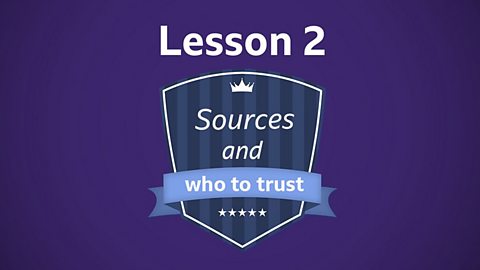
Lesson 3: Social media, images and data. video
This lesson will demonstrate how to spot whether a social media feed is genuine or fake, to consider the manipulation of images and think carefully about how the addition of numbers to a story may not be a clear as it first seems.
